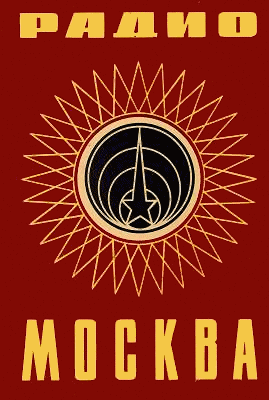Today I did the part of projects I hate most - drilling holes in aluminum boxes. I can never find the right size drill bits, they are blunt and so on. Despite all this, I managed to get a small metal box complete with BNC socket, phone jack and switch mounted on the end of my optics pipe and carried out some first tentative tests. I am using part of a
simplified version 3 KA7OEI optical head based around a BPW34 PIN photo diode. In my case there are no op-amps with discrete transistors used for the amplifiers and buffers following the FET cascode stage.
In the next day or so I want to add the sighting scope and find a way of attaching the whole optical unit onto a stable tripod. At this point and can try some more serious tests for example looking for my own 1kHz beacon at greater distance and, hopefully, GB3CAM at 22km if the system works OK.
The output of the head can feed either a crystal earpiece (to listen to the baseband tones or speech received) or into a PC so that it can be used with an SDR to copy various modes up to around 22kHz.




